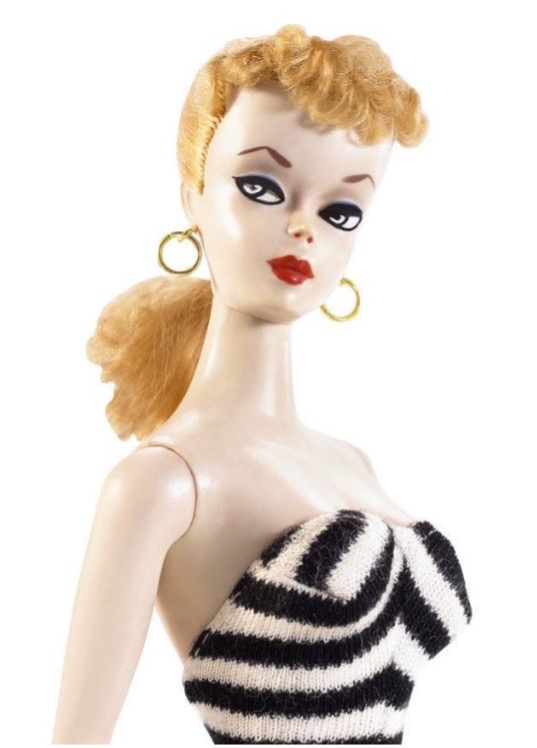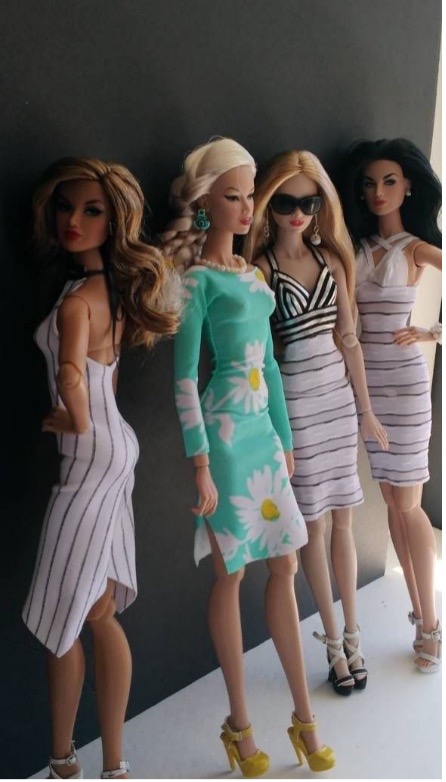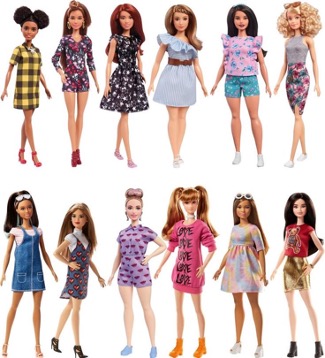The world has recently witnessed the hype that the Barbie Brand has across the globe. With the release of the movie, the Barbie audience came out in pink-tinged glory to watch and celebrate it. There is no denial of the fact that Barbie has become much more than a doll. She has advanced from the doll world to the digital world, creating a cultural impact on the society.

Barbie was created by Jewish doll-maker Ruth Handler in 1959. The dollmaker noticed that her daughter was making paper dolls; from there, Ruth got the idea of inventing a three-dimensional doll similar to those paper dolls. The plastic doll was named after her maker’s daughter, Barbara Millicent Roberts. Barbie was modeled after a famous German doll, Lilli. This was not a doll that she could pretend to mother, but one she could become like. Barbie was an exact copy of Lilli and was first recognized on the date that is now celebrated as her birthday, that is, March 9, 1959, at New York’s Toy Fair. The Barbie was 11.5 inches tall and impeccably dressed in Dunning’s striped swimwear, gold-earrings, and hair styled in a ponytail with bangs. Akin to Lili, she had arched eyebrows, blue eye makeup, and a red lip, which reflected the old-school glamour of the 1950s.
The 1960s:
The doll evolved with age. Ruth, being a feminist, intended to make a doll for young girls that they could admire rather than a ‘baby’ doll with which they could just play pretend. Barbie was more than just a doll. The doll showed the little girls that they could be anything they wished. By 1960, Barbie was a fashion designer in a jacket, and this was just the beginning of the career-oriented trailblazer who notably went on to become a nurse and a stewardess in 1961. The same year, Barbie’s first friend, Ken, was introduced, who was also named after Ruth’s son. He is also known as a beau, but the protagonist has never been defined by the relationship. Ken, being the side character, always challenged traditional gender roles. In 1962, the independent woman owned a home—the iconic Barbie dream house. 1967 was the year of the innovation of Twist and Turn Barbie; as the name suggests, one could twist and turn the doll’s neck and waist. In the late 60s, another friend of Barbie, Christy was introduced who was dark in appearance with a stylish bob haircut. This marked an important time for the brand to enrich the cultural divergence between British and Native Americans.

The 1970s:
In the 1970s, Barbie looked aesthetic, soft, and relaxed. In 1971, she had a front-facing eye with the perspective that the doll could look directly at her viewer, and that her body was the reflection of the sexual revolution. By the 1970s, Barbie had gotten into sports, including Olympic skiing and ballet. In 1977, the real Superstar arrived, full of glamor and bowers around the doll, in pink with bendable legs.
The 1980s:
1980 saw an increase in the demand for Black and Hispanic Dolls. To stand out in the competition, Ruth came up with a black Barbie, which was as gorgeous as the white one and carried fabulous outfits. The doll was seen in roller skates, golden dream, and peach outfits. In 1985, the doll joined a campaign named “We Girls Can Do Anything,” allowing girls to follow their dreams. This influenced females to select male-dominated occupations like those of their Barbie dolls. Ruth came up with a game-changing Barbie in 1992, which had long hair of 10.5 inches in length. This Barbie is considered to be the best-selling Barbie of all time.
The 1990s to the Present:
By the end of the 1990s and early 2000s, there had been a lot of criticism that the makers of the doll had to deal with. The critics questioned the doll’s physique, which was too adult for the small girls to play with; the doll’s unrealistic beauty standards, zero-figure look, and heeled feet are among some of the things that were criticized.

To answer all the critics of Barbie, the dollmakers came up with Barbie fashionistas. Fashionistas Barbie’s collection represented girls that were real and looked like us—thick legs, short height, dark skin, in wheelchairs, obese, thick thighs—thereby embracing individuality, fostering confidence, and encouraging self-expression.
In 2017, Barbie was spotted wearing flat feet and a hijab that was modeled after Itahaj Muhammad. Be it in any form, her fashion trends have never failed to influence the girls. Barbie and fashion are inseparable. Whatever job she was doing, she had the perfect outfit for it.
Despite criticism, the doll has managed to live for more than 60 years, and there are no signs of slowing down. This proves the doll’s enduring allure and appeal to collectors worldwide. Cultural icons changed over the era, but Barbie’s ability to change her fashion with time made her reach where she now stands. The Barbie makers have managed to keep up with time and are responsible for Barbiemania.
Written by – Daisy Vandana Horo
Edited by – Monishka Agrawal
